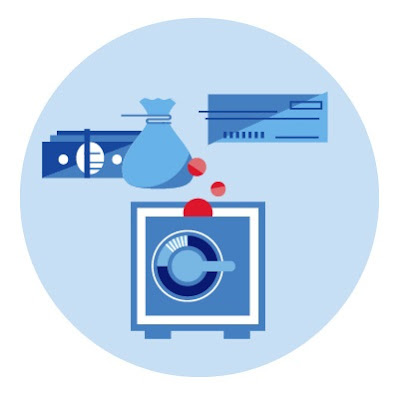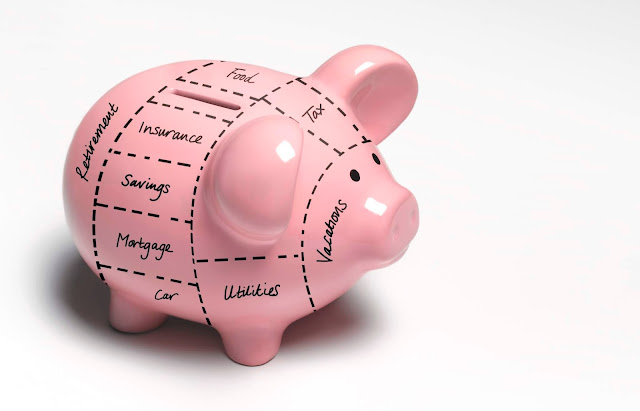Life springs surprises when
you least expect it. And a medical
emergency is no different. A person may be fine one moment and the other minute
he would be on his way to get some medical attention. The situation may be
unpredictable as it would be difficult to assess the nature of expenditure.
Under such circumstances, your medical emergency fund could work as a shock
absorber between you and your life.
Check out more features about a medical savingaccount.
Right time to start and stick on
‘Now’ is the right time to start. Financial gurus going by
the age-old adage ‘tomorrow never comes’ say there is nothing more disastrous
than postponing opening up of a medical emergency account. But this is just the
first step. The second most important step is to stick on to it and not get
tempted to use the money on other things of indulgence.
Easy accessibility
Do you remember how well
our grandmothers hid some money in those grocery cans, in-between books and
under the bed mattresses when they could have easily stowed it away at better
places? They did so not only from getting all their money raided in one go but
also for easy accessibility. Isn’t it similar to the savingaccount?
We have to meet our different goals and reduce the temptation
of shelling out all the money at one go – and of course, easy accessibility? A
medical emergency fund must be easily accessible for when you are ill and have
not much time and energy doing bank transactions.
How much you must save?
Ideally, there is no specification on how much you must
save in savingsaccount for a medical emergency. But whatever surplus amount is
left after paying off monthly dues and other expenses must be invested for a
medical emergency fund. This will also help you avoid the habit of irrelevant
spending. Although, living comfortably is no sin, overindulgence could be.
Here, we are not advising you to live
miserly. There is nothing wrong with pursuing things as long as you don’t dent
your financial security. All we are telling you is to get over the habit of
indulging in every desire and save every penny you can for those tough times.
Follow our mantra for a happy and secure
financial future - savings shouldn’t just be a temporary phase initiated to
deal with a financial crisis, but a way of life.




